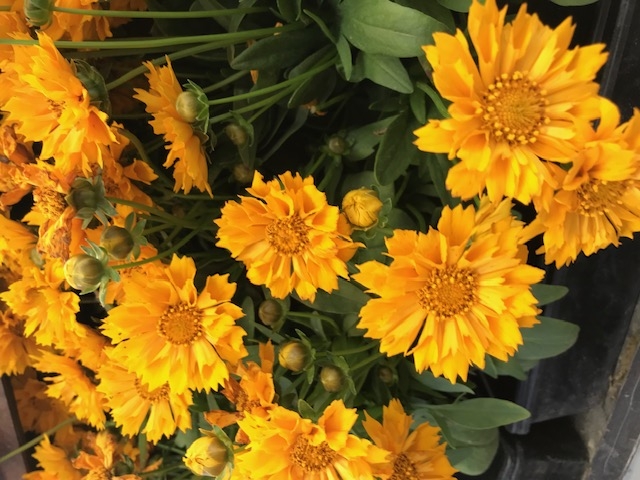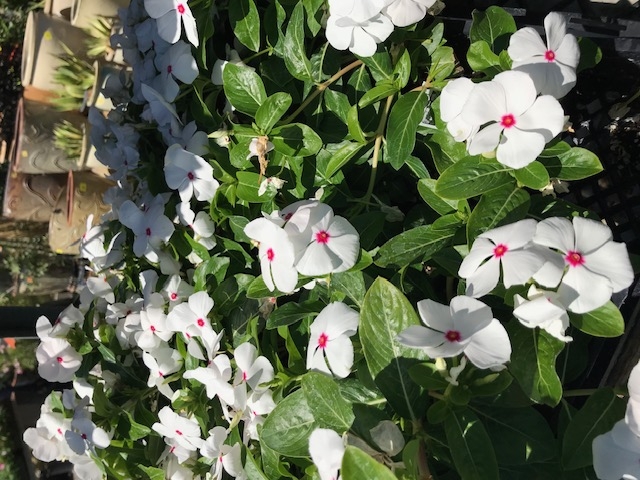
Tasks
- Top dress warm-season lawns with well-composted manure
- Sharpen and clean tools for fall pruning
- Adjust watering schedules to reflect cooler temperatures and shorter day
Pruning
Leaf-fall is the time to start pruning — except for apricots and olives, which should have been done in August
Fertilizing
Feed cool-weather plants and vegetables to promote fall growth
Planting
This is a good time to plant landscape trees and shrubs
- Continue to plant cool-weather annuals and those that use less water such as classic Coreopsis or hybrids such as ‘Rum Punch'
- Perennials: Lantana, Penstemon ‘Margarita BOP'
- Bulbs, corms, tubers: allium, anemone, Babiana
- Fruits and vegetables: carrots, garlic, lettuce, plant from seed
- Annuals: Michaelmas Daisy (Aster novi-belgii), snapdragon (Antirrhinum), calendula, chrysanthemum paludosum
- Trees, shrubs, vines: Cotoneaster
Enjoy now
Harvest almonds, hazelnuts, walnuts and pecans when the outer hulls split open and nuts fall to the ground. Pick up nuts daily or shorten the task by shaking branches or knocking nuts down with a pole. Before shelling, dry nuts in the sun for two to three days; properly dried nutmeats should snap in two rather than bend. Use shelled nuts right away, or store in the freezer to prevent oxidation (rancidity), mold, and infestation by ants or small worms.
Fruits and vegetables: jicama, pumpkins, olives
Things to ponder
- Overnight temperatures in late October occasionally drop below freezing. Frost
protection will be needed for houseplants, citrus, avocados and other cold-sensitive
plants - Do not replace vinca with pansies in the same bed - a soil-borne fungal root rot affects these plants
Drought tip
Use drip or soaker hoses for cool-season vegetable gardens, rather than less efficient overhead or furrow irrigation
